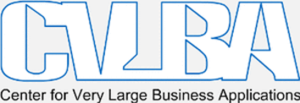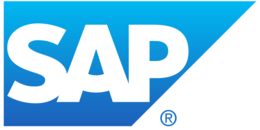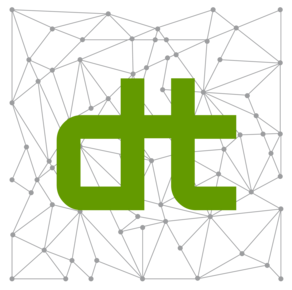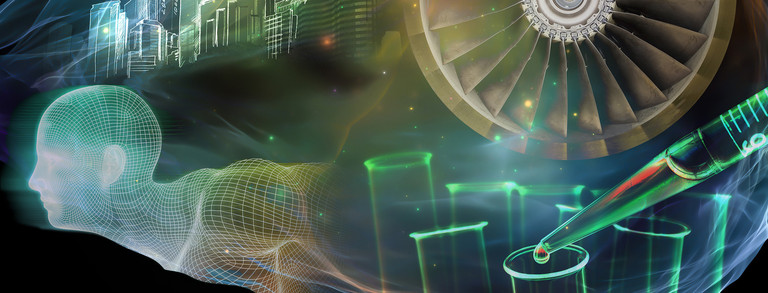Center for Very Large Business Applications
(carried out at the TU Munich)

Context
The Center for Very Large Business Applications (CVLBA) is a joint research initiative of the Technical University of Munich and the Otto-von-Guericke-University Magdeburg, which was initiated by SAP in 2006. The SAP AG's decision to promote research with these two university partners resulted from the cooperation experiences and knowledge transfer that took place through the joint implementation of the SAP University Alliances project. SAP wanted to invest in the potential that could be realized by increasing the research resources of the Chair of Business Informatics in Magdeburg and the Chair of Business Informatics in Munich. In the more than twelve years that the UCCs have been in operation, extensive experience has been gained in the operation of Very Large Business Applications (VLBAs), especially Enterprise Resource Planning systems. This experience and infrastructure provide ideal conditions for research into next-generation VLBAs and service ecosystems.
Benefit
The Center for Very Large Business Applications offers the unique opportunity to combine the competencies of the SAP UCC (University Competence Center) and the innovation and research capabilities of the Technical University of Munich, thus making a significant contribution to the SAP ecosystem.
Project Objective
The centers' goals are the integrated study of Very Large Business Applications (VLBA) and their underlying technologies. The research is focused on the entire life cycle of VLBAs and addresses their planning, design, operation, and management. The interdisciplinary approach is essential to improve both the efficiency and quality of business information systems development and their underlying business processes. The expected benefits of the centers' research outcomes include improvements in the management of the deployment and life-cycle process, increased user satisfaction, and the delivery of improved as well as enhanced functionality to the marketplace including respect to software and related products.
Implementation
Current research along the VLBA life cycle includes:
1. VLBA Planning:
Bei der Planung der Einführung einer neuen VLBA stellt sich die Frage, wie eine VLBA effektiv zur Unterstützung von Geschäftsprozessen eingesetzt werden kann. In einem Projekt werden die Herausforderungen bei der Ausgliederung von VLBAs analysiert, um daraus Gestaltungsempfehlungen für zukünftige IT-Plattformen von Unternehmen abzuleiten.
2. VLBA Design:
The design and implementation of a VLBA go beyond classic software engineering. Advanced challenges include managing the development process and integrating VLBA components with each other as well as with the IT environment. One project is investigating ways to integrate business simulations into VLBAs to enable customized business processes.
3. VLBA Operation:
The efficient and effective operation of a VLBA is essential to the economic success of an organization. The research focuses on minimizing the use of resources without compromising the quality of a VLBA's functionality.
4. VLBA Management:
Organizations face continuous changes, e.g., in their own structure or due to their environment. To ensure the successful support of business processes, VLBAs must also face this challenge. A research project looks at software-as-a-service-ERP-solutions and provides recommendations for their implementation.
Involved Partners
Sponsor

SAP SE Doctoral Funding



